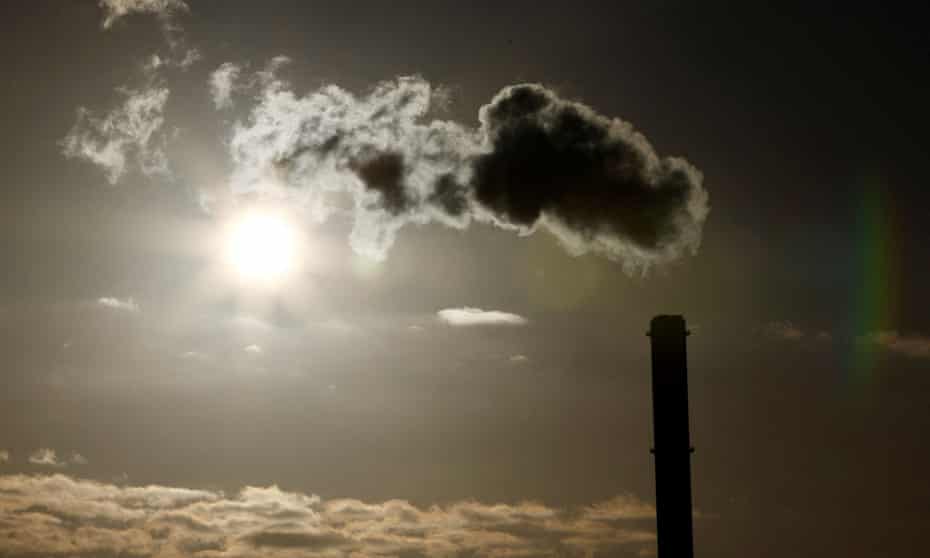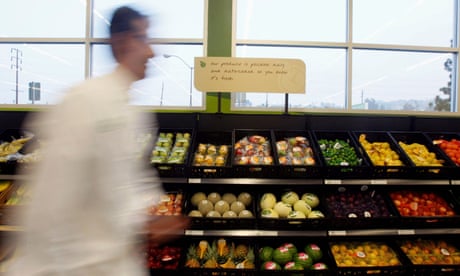Researchers say cutting carbon footprint of world’s wealthiest may be fastest way to reach net zero
EXPROPRIATE THEM!


The least wealthy half of the UK’s population accounts for less than 20% of final energy demand.
Photograph: Stéphane Mahé/Reuters
Helena Horton
Helena Horton
THE GUARDIAN
Fri 4 Feb 2022
Wealthy people have disproportionately large carbon footprints and the percentage of the world’s emissions they are responsible for is growing, a study has found.
In 2010, the most affluent 10% of households emitted 34% of global CO2, while the 50% of the global population in lower income brackets accounted for just 15%. By 2015, the richest 10% were responsible for 49% of emissions against 7% produced by the poorest half of the world’s population.
Aimee Ambrose, a professor of energy policy at Sheffield Hallam University and author of the study published in the journal Science Direct, says cutting the carbon footprint of the wealthiest might be the fastest way to reach net zero.
In terms of energy demand in the UK, the least wealthy half of the population accounts for less than 20% of final demand, less than the top 5% consumes. While their homes may be more energy-efficient, high consumers are likely to have more space to heat. They also own and use more luxury items and gadgets.
Ambrose said the cost of living crisis was likely to make those on middle to low incomes reduce their carbon consumption by holidaying in the UK, if at all, and by using less fuel. However, those who consume the most are unlikely to have to make such changes.
“It is much easier for richer consumers to absorb these increases in costs without changing their behaviour,” said Ambrose. “Unlike the less wealthy, the thermostat won’t be turned down and the idea of not jetting off on a long-haul flight to find some sun is out of the question.
In most countries, before Covid-19, less than half of people reported flying at least once a year while more than half of emissions from passenger aviation were linked to the 1% of people who fly most often.

On the frontline of the cost of living crisis
“In many ways, the rich are being largely insulated from the spike in energy costs,” said Ambrose. “But addressing excessive personal consumption is something that isn’t on the agenda for the government and policymakers. This is bad news for the planet and our prospects of reaching net zero.”
She said the resulting policy neglect of high consumers was a “missed opportunity” to address inequality and opportunities for carbon reduction.
“Price mechanisms may force low-income households to cut back consumption to dangerous levels,” Ambrose added. “Moreover, high consumption and large carbon footprints are spatially concentrated in high-income cities and suburbs – while their negative effects, such as air pollution, typically spill over into less affluent areas.”
Fri 4 Feb 2022
Wealthy people have disproportionately large carbon footprints and the percentage of the world’s emissions they are responsible for is growing, a study has found.
In 2010, the most affluent 10% of households emitted 34% of global CO2, while the 50% of the global population in lower income brackets accounted for just 15%. By 2015, the richest 10% were responsible for 49% of emissions against 7% produced by the poorest half of the world’s population.
Aimee Ambrose, a professor of energy policy at Sheffield Hallam University and author of the study published in the journal Science Direct, says cutting the carbon footprint of the wealthiest might be the fastest way to reach net zero.
In terms of energy demand in the UK, the least wealthy half of the population accounts for less than 20% of final demand, less than the top 5% consumes. While their homes may be more energy-efficient, high consumers are likely to have more space to heat. They also own and use more luxury items and gadgets.
Ambrose said the cost of living crisis was likely to make those on middle to low incomes reduce their carbon consumption by holidaying in the UK, if at all, and by using less fuel. However, those who consume the most are unlikely to have to make such changes.
“It is much easier for richer consumers to absorb these increases in costs without changing their behaviour,” said Ambrose. “Unlike the less wealthy, the thermostat won’t be turned down and the idea of not jetting off on a long-haul flight to find some sun is out of the question.
In most countries, before Covid-19, less than half of people reported flying at least once a year while more than half of emissions from passenger aviation were linked to the 1% of people who fly most often.

On the frontline of the cost of living crisis
“In many ways, the rich are being largely insulated from the spike in energy costs,” said Ambrose. “But addressing excessive personal consumption is something that isn’t on the agenda for the government and policymakers. This is bad news for the planet and our prospects of reaching net zero.”
She said the resulting policy neglect of high consumers was a “missed opportunity” to address inequality and opportunities for carbon reduction.
“Price mechanisms may force low-income households to cut back consumption to dangerous levels,” Ambrose added. “Moreover, high consumption and large carbon footprints are spatially concentrated in high-income cities and suburbs – while their negative effects, such as air pollution, typically spill over into less affluent areas.”
No comments:
Post a Comment